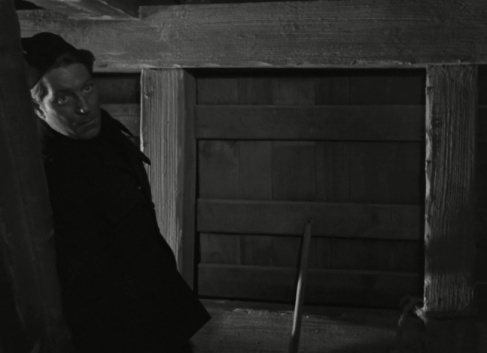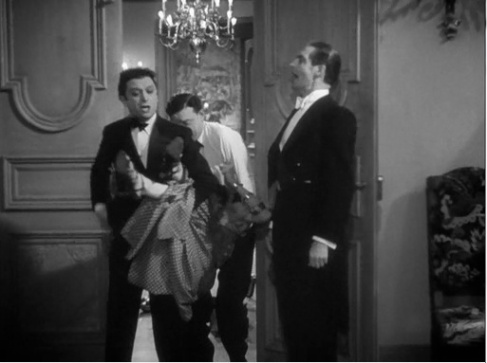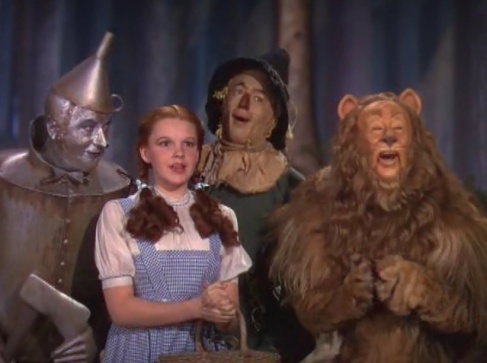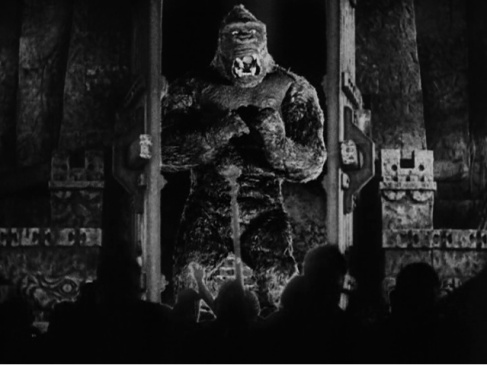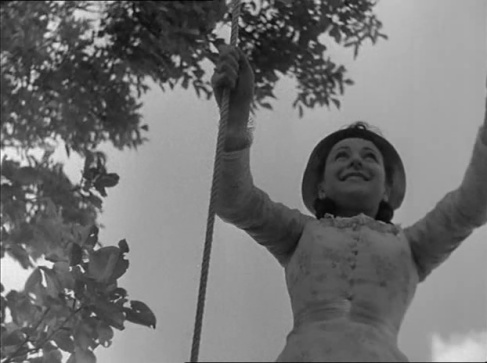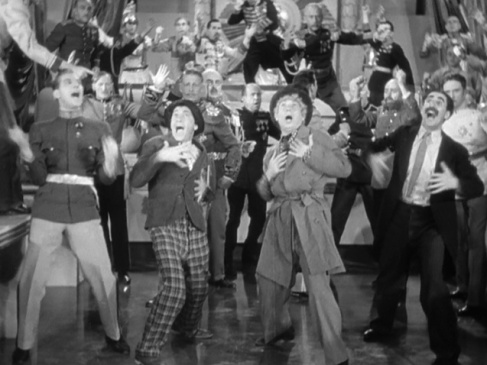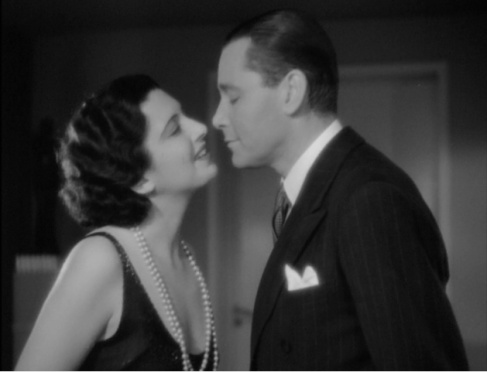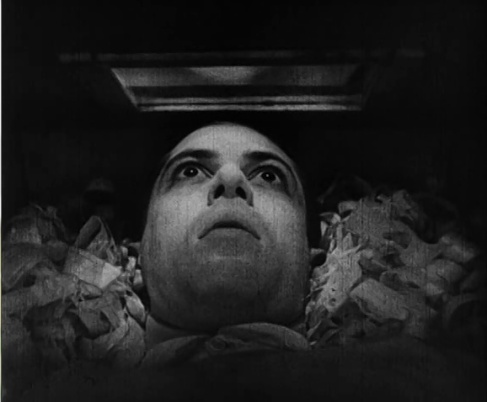
Journey to the end of the night. Otoko (played by Kakuko Mori) prays beneath the stage, hoping her husband will finally put on the performance that will redeem him, in Mizoguchi Kazuo’s exquisitely shot tale of devotion in the face of social rigidity.
We finally get a little break from 1930s French and American movies to tackle the oldest Japanese sound film on the Sight & Sound list, The Story of the Last Chrysanthemums (Zangiku monogatari, 1939). Japanese cinema didn’t get much international recognition prior to the Second World War, but it roared into the global consciousness in the 1950s, in no small part due to the work of director Mizoguchi Kenji. A prolific filmmaker, Mizoguchi produced somewhere in the neighborhood of 90 films in his career (many of which, sadly, are lost), but The Story of the Last Chrysanthemums is considered to be the moment his style fully crystallized. The movie follows the career trajectory of a kabuki actor in the late 19th century. The adopted son of a famous Tokyo stage actor, Kikunosuke is a bad performer coasting on the coattails of his father’s name. Otoko, the wet nurse of his infant brother, is the first person to be honest about his poor acting and urges him to really focus on his craft. Bolstered by Otoko’s encouragement and love, Kikunosuke disobeys his parents and heads off to make his own name on the stage — but that path is destined to be arduous, if not tragic. Though leisurely paced and restrained in mood, Last Chrysanthemums is a bravura exercise in lighting, choreography, and camera movement that never fails to impress. (143 min.) Continue reading
